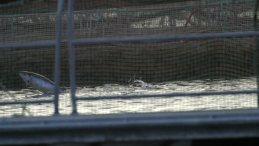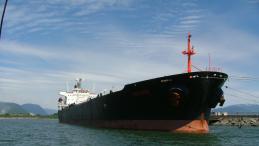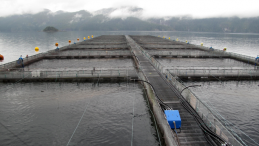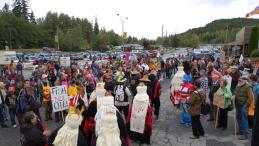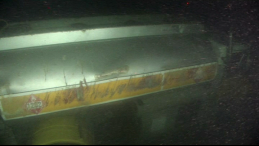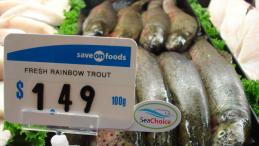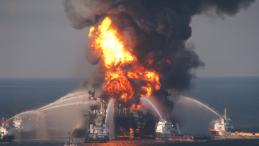Canada needs a public inquiry to consider crude oil pipelines: conservation groups
VANCOUVER – A coalition of community and conservation groups has called on Ottawa to establish a full public inquiry to look into the far-reaching effects of the Enbridge Northern Gateway Pipelines proposal. Enbridge proposes to build twin pipelines carrying crude oil and condensate, a toxic petroleum product, across 1000 rivers and streams BC from the Alberta tar sands to the coast at Kitimat, where massive super tankers would carry oil through dangerous inside coastal waters to Asian markets.

